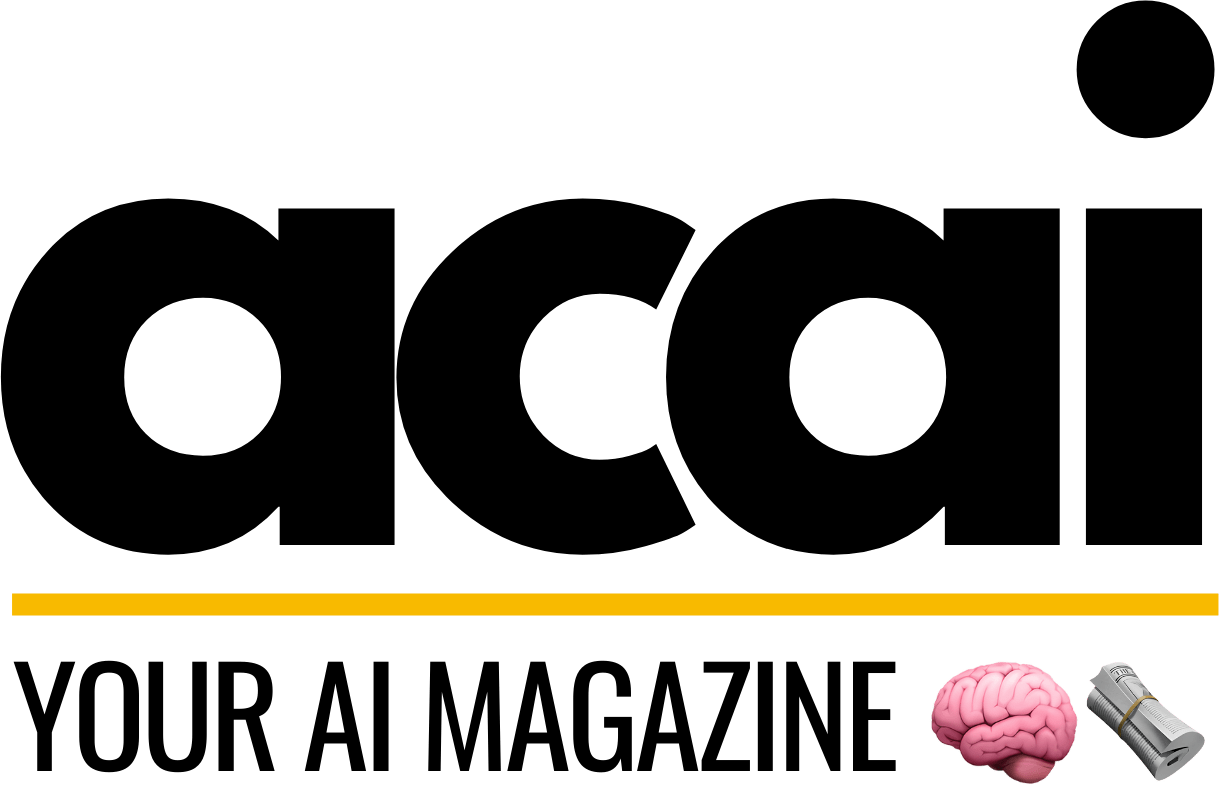Using AI to identify underperforming content and update it for better rankings
In the ever-evolving digital landscape, corporate magazines face the constant challenge of maintaining their visibility and relevance in search engine rankings. With the vast amount of content available online, it is crucial for these publications to ensure that their content remains fresh, engaging, and optimized for search engines. This is where the concepts of content pruning and refreshing come into play, and artificial intelligence (AI) is proving to be a game-changer in this domain.
Understanding Content Pruning and Refreshing
Before delving into how AI is revolutionizing content management, it’s essential to understand what content pruning and refreshing entail. Content pruning involves the strategic removal or consolidation of underperforming or outdated content from a website. This process helps improve the overall quality of the site, enhances user experience, and boosts SEO performance.
On the other hand, content refreshing involves updating existing content to make it more relevant, accurate, and engaging. This can include adding new information, optimizing keywords, improving readability, and enhancing multimedia elements. Both practices are crucial for maintaining a competitive edge in the digital realm.
The Role of AI in Content Pruning and Refreshing
AI technologies have transformed the way corporate magazines approach content management. By leveraging AI-powered tools, these publications can efficiently identify underperforming content and make data-driven decisions to enhance their SEO strategies. Here are some ways AI is making a significant impact:
- Data Analysis: AI algorithms can analyze vast amounts of data to identify patterns and trends in user behavior. This helps in pinpointing content that is not resonating with the audience.
- Content Scoring: AI tools can assign scores to content based on various factors such as engagement metrics, keyword relevance, and backlink quality. This scoring system aids in prioritizing content for pruning or refreshing.
- Automated Suggestions: AI can provide automated suggestions for content updates, including keyword optimization, headline improvements, and multimedia enhancements.
- Predictive Analytics: AI can predict future content performance based on historical data, allowing magazines to proactively update content before it becomes obsolete.
Case Studies: AI in Action
Several corporate magazines have successfully implemented AI-driven content pruning and refreshing strategies to enhance their SEO performance. Let’s explore a few notable examples:
Case Study 1: Forbes
Forbes, a leading business magazine, utilized AI to analyze its extensive content library. By identifying articles with declining traffic and engagement, Forbes was able to strategically prune and refresh content. This resulted in a significant increase in organic search traffic and improved search engine rankings.
Case Study 2: The New York Times
The New York Times employed AI-powered tools to assess the performance of its articles. By refreshing outdated content and optimizing it for current search trends, the publication witnessed a substantial boost in page views and reader engagement.
Statistics: The Impact of AI on SEO
To understand the tangible benefits of AI-driven content management, let’s examine some compelling statistics:
- According to a study by Search Engine Journal, websites that regularly update their content experience a 30% increase in organic traffic.
- A report by HubSpot reveals that companies using AI for content optimization see a 50% improvement in search engine rankings.
- Research by Gartner indicates that by 2025, AI will be a critical component in 80% of digital marketing strategies.
Best Practices for AI-Driven Content Pruning and Refreshing
To maximize the benefits of AI in content management, corporate magazines should adhere to the following best practices:
- Regular Audits: Conduct regular content audits to identify underperforming articles and prioritize them for pruning or refreshing.
- Keyword Optimization: Use AI tools to identify relevant keywords and incorporate them strategically into refreshed content.
- Engagement Metrics: Monitor user engagement metrics such as bounce rates, time on page, and social shares to assess content performance.
- Continuous Learning: Stay updated with the latest AI advancements and SEO trends to refine content strategies continuously.
Conclusion: Embracing AI for Competitive Advantage
In conclusion, content pruning and refreshing are essential strategies for corporate magazines aiming to maintain their competitive edge in the digital landscape. By harnessing the power of AI, these publications can efficiently identify underperforming content, make data-driven decisions, and optimize their SEO strategies. As AI continues to evolve, its role in content management will only become more significant, offering magazines the opportunity to stay ahead in the ever-changing world of digital publishing.
By embracing AI-driven content pruning and refreshing, corporate magazines can ensure that their content remains relevant, engaging, and optimized for search engines, ultimately leading to improved visibility, increased traffic, and enhanced reader engagement.




